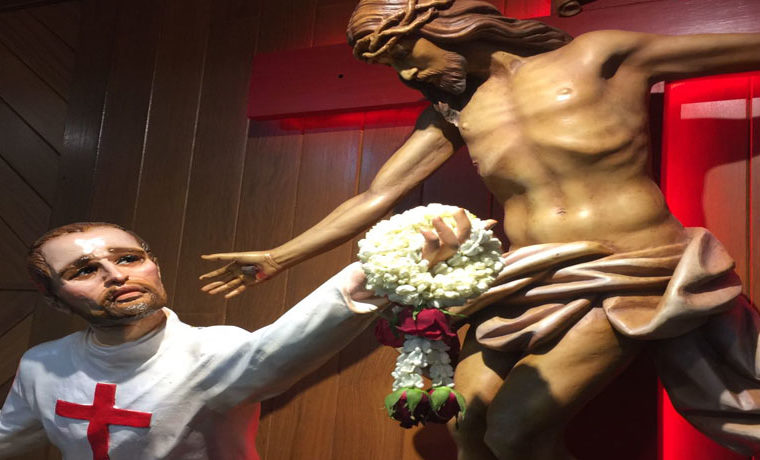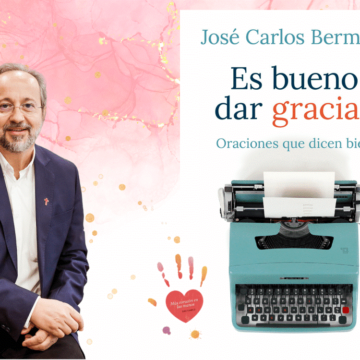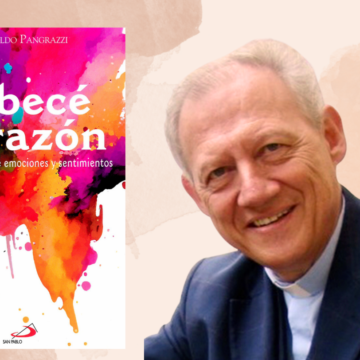“To live only in Jesus the Crucified”
“Have for great gain the grace of dying for our Crucified Lord Jesus Christ…”
 The Crucifix is a constant reference in the life of St. Camillus. We read in Cicatelli: “With them (the first confreres who followed him), Camillus therefore began to close himself every day in the same hospital room, which was turned to an oratory, where he raised an altar and placed a crucifix of relief, made at the contribution of some of their devotees, and where he used to have mental oration, discipline… and some spiritual reasoning for them…” (Cicatelli, p. 52-54)
The Crucifix is a constant reference in the life of St. Camillus. We read in Cicatelli: “With them (the first confreres who followed him), Camillus therefore began to close himself every day in the same hospital room, which was turned to an oratory, where he raised an altar and placed a crucifix of relief, made at the contribution of some of their devotees, and where he used to have mental oration, discipline… and some spiritual reasoning for them…” (Cicatelli, p. 52-54)
That Crucifix is an emblem. Forced to undo the oratory, Camillus takes it into the room, and it is here that he, broken down and determined to leave the hospital in front of the tenacious opposition of the Board of Directors, seemed to see the same Holy Crucifix moving its Head encouraging, consoling, confirming him with the good scope of instituting the company, and saying to him: “Do not be afraid, you discouraged heart; walk ahead that I will help you and extract great fruit from this opposition.” It was a dream, but from it “Camillus drew strength to become the happiest and the most consoled man in the world” (ibid., P.5).
A little while later he would confide to a confrere: “That Christ” has founded the religion, because in the disturbances and persecutions of the foundations of this little plant (meaning religion), a lion’s corpse is lost, a miserable one as I am …. (ib., p.299):
Camillus does not ask his religious to love Jesus the Crucified, or to make novenas in His honor, or to meditate on His pain, but to live in Jesus the Crucified, and to consider a gain, dying for Him. It is something that is more interior and heart-touching.
The relationship with the Crucified does not reduce to mere tones, to simple devotional levels or to sincere pious practices too. It requires more: living and dying for the Crucified: assimilating His Person, identifying oneself with Him, working for Him until death.
In the previous meditation, the commitment of the religious was expressed on the level of renunciation and of being dead to everything, today on the fomation of a different personality, which has as its model and stimulus the Crucified, died and risen. The new man is substituted for the old man.
“For if we have been united with him in a death like his, we shall certainly be united with him in a resurrection like his. We know that our old self was crucified with him so that the sinful body might be destroyed, and we might no longer be enslaved to sin. For he who has died is freed from sin. But if we have died with Christ, we believe that we shall also live with him. For we know that Christ being raised from the dead will never die again; death no longer has dominion over him” (Rom 6: 5-9). Modeling our conduct on this doctrine, to live in Jesus the Crucified opens us to attitudes marked by the laws of the spirit, and these in turn disclose the horizons of transcendence to our eyes. The point of reference is not human wisdom, but the mysterious wisdom of God.
To the faithful of Corinth, the city of the two seas, of the great trades, of the international emporiums, of the great philosophical schools, and also of the good living, without much moral limitations, Paul recalls: “We preach Christ the Crucified” (1 Cor 1:23 ). It could seem a madness, an intellectual absurdity. But in the Crucified Christ he saw the antithesis and the contradiction of a world without God and of a world in full moral drift.
This same faith in the Cross led Camillus to accept all forms of suffering connected with his prophetic role as a fighter against injustice and lack of love, and as a way towards resurrection it refined his sensitivity to the situation of the marginalized and the sick. It gave him courage to oppose evil in all its forms in the name of that responsible and supportive hope that derives from the Cross.















Camillians on Facebook
Camillians on Twitter
Camillians on Instagram